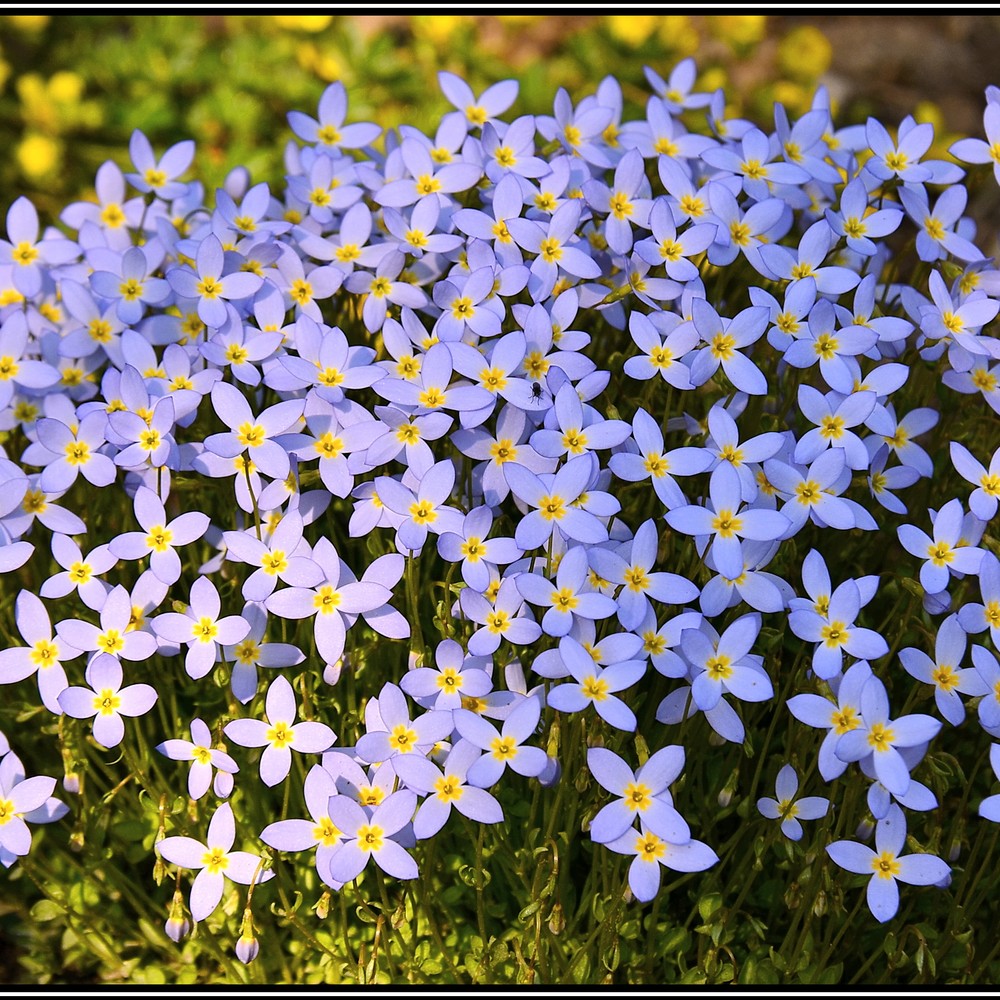Long-leaved bluet
(Houstonia longifolia)

Description
Houstonia longifolia, commonly known as long-leaved bluet or longleaf summer bluet, is a perennial plant in the family Rubiaceae. It can be found throughout most of the Eastern United States and Canada. It has been reported from every state east of the Mississippi River except Delaware, plus North Dakota, Minnesota, Missouri, Arkansas and Oklahoma, with isolated populations in Kansas and Texas. Also, all Canadian provinces from Quebec to Alberta.It prefers upland woods in poor, dry, often sandy soil, blooming from June to August. Houstonia (bluet) is a genus of plants in the family Rubiaceae. Many species were formerly classified, along with other genera since segregated elsewhere, in a more inclusive genus Hedyotis. Bluets are often small and delicate. For example, H. rosea may grow only one inch tall. Some species are single stemmed and others have multiple stems in bunches. Flowers are blue, purple, lavender, white, or rose, often with shades of one color present in an individual population. Flowers have 4 sepals, colloquially denominated "petals", a salverform corolla with 4 lobes, and an inferior ovary. Some species exhibit heterostyly. The fruit is an often roughly cordate capsule enclosing many seeds and which usually dehisces via a suture across its apex. Houstonia consists of 20 species native to North America. Another 5 species are classified in the genus Stenaria; Houstonia without Stenaria is paraphyletic. Close relatives of the genus are Oldenlandia microtheca and, more distantly, Arcytophyllum. Its members superficially resembles species of the genus Myosotis (Forget-me-nots), but are distinguished from the latter by having only 4 sepals (petals) instead of 5.
Taxonomic tree:







